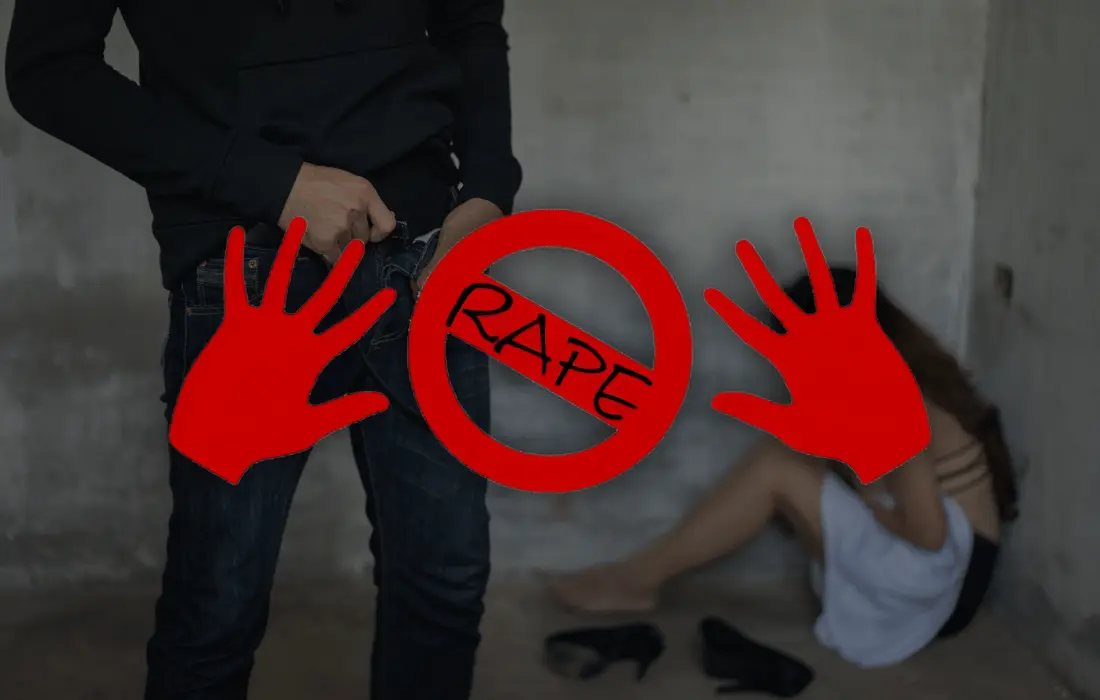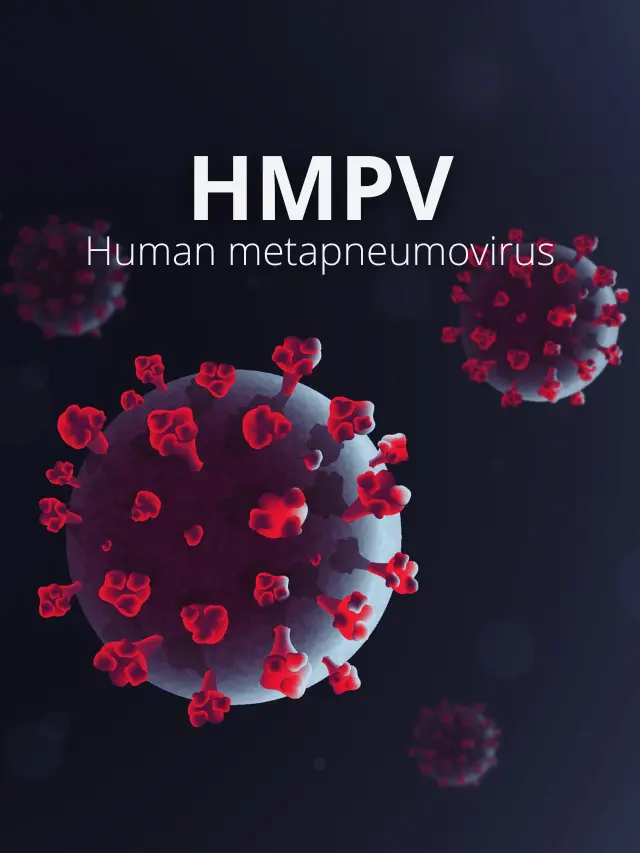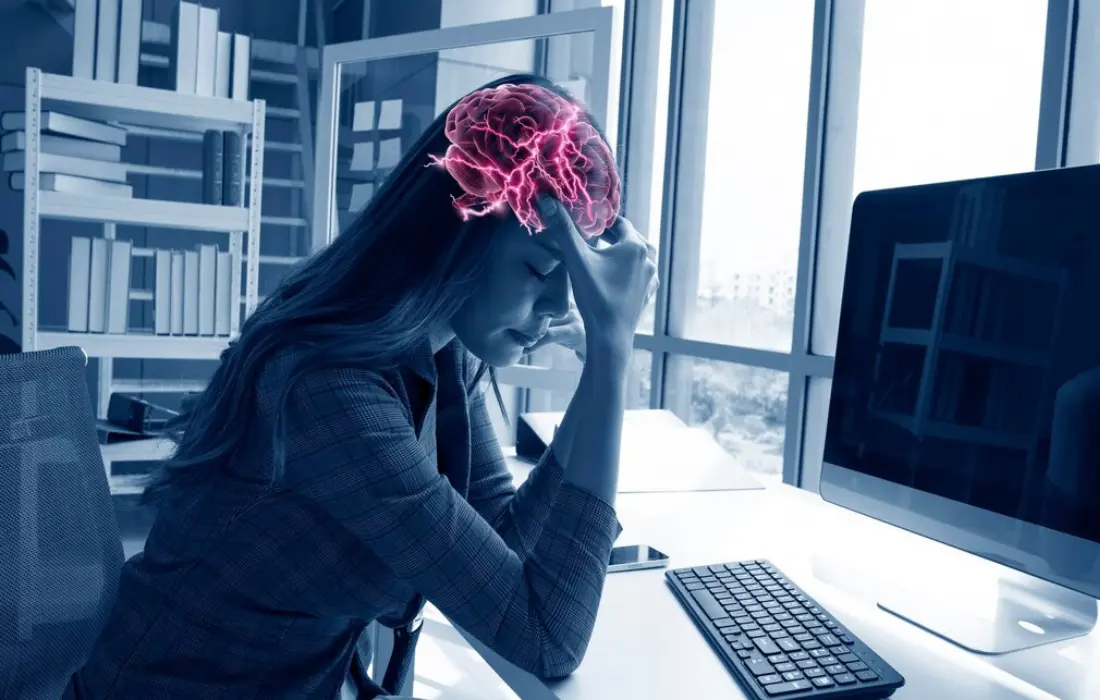Table of Contents
ToggleUnderstanding the Psychology of a Rapist
Motivations and Traits
Power and Control:
A predominant motivation for many rapists is the desire for power and control over another person. This need for dominance can stem from feelings of inadequacy or a desire to assert control in other areas of life where they feel powerless. The FBI’s Behavioral Science Unit notes that many sexual offenders seek to assert dominance rather than derive sexual pleasure from the act itself (FBI, 2007).
Entitlement and Justification:
Some individuals may believe they are entitled to sex or view women (or victims) as objects rather than individuals with autonomy. This belief can be fueled by cultural or personal ideologies that devalue others or promote a sense of entitlement. Research by the Rape, Abuse & Incest National Network (RAINN) highlights that social attitudes and myths about sexual entitlement significantly contribute to the prevalence of sexual violence (RAINN, 2020).
Psychological Disorders:
While not all rapists have psychological disorders, some may exhibit traits associated with antisocial personality disorder, such as a lack of empathy, disregard for societal norms, and manipulative behavior. Studies have shown that some sexual offenders display characteristics consistent with antisocial personality disorder (Harris & Rice, 2007).
Sexual Deviance:
For a minority of rapists, deviant sexual interests or fantasies play a role. This can include a desire to act out fantasies of violence or dominance, though this is less common than motivations related to power and control. The Diagnostic and Statistical Manual of Mental Disorders (DSM-5) outlines various paraphilic disorders, including those that might manifest in violent sexual behavior (American Psychiatric Association, 2013).
Contributing Factors
Early Life Experiences:
Early experiences, such as exposure to violence, abuse, or neglect, can influence later behavior. Research published in the Journal of Child Psychology and Psychiatry indicates that childhood trauma is a significant risk factor for developing violent behaviors in adulthood (Widom, 1997).
Socialization and Cultural Norms:
Societal attitudes towards gender and sexuality can shape behaviors. Cultures that perpetuate misogynistic attitudes or normalize violence against women may contribute to the prevalence of sexual violence. The World Health Organization (WHO) reports that cultural norms and gender inequality are key factors in the prevalence of sexual violence (WHO, 2013).
Peer Influence and Social Environment:
Peer groups and social environments can reinforce harmful attitudes and behaviors. Individuals may be influenced by social circles that condone or trivialize sexual violence. The National Institute of Justice emphasizes the role of peer groups in reinforcing attitudes that contribute to sexual violence (NIJ, 2009).
Psychological Impact on Victims
The psychological impact of rape on victims is profound and multifaceted, often leading to long-term effects on mental health and overall well-being. Common consequences include:
Post-Traumatic Stress Disorder (PTSD): Victims may experience intrusive memories, nightmares, and severe anxiety, significantly affecting their daily functioning and emotional stability. The National Center for PTSD reports that up to 50% of rape survivors develop PTSD (National Center for PTSD, 2020).
Depression: Persistent feelings of sadness, hopelessness, and worthlessness can impair personal and professional life, often accompanied by fatigue and suicidal thoughts. Studies indicate that depression is a common and severe consequence of sexual assault (Kessler et al., 2005).
Anxiety Disorders: Victims may develop various forms of anxiety, including generalized anxiety disorder and panic attacks, which can lead to social withdrawal and heightened fear. Research in the Archives of General Psychiatry highlights the high prevalence of anxiety disorders among sexual assault survivors (Kessler et al., 2000).
Trust Issues: Difficulty in trusting others, including close relationships, can lead to isolation and challenges in forming and maintaining connections. The Journal of Interpersonal Violence notes that trust issues are a common psychological consequence of rape (Ullman, 2007).
Body Image and Self-Esteem Issues: Negative changes in self-image and diminished self-worth often result from the trauma, potentially leading to unhealthy behaviors. The American Journal of Psychiatry reports significant impacts on self-esteem and body image following sexual violence (Frazier et al., 2004).
Sexual Dysfunction: Issues with sexual intimacy, including aversion and problems with arousal, can affect personal relationships and contribute to ongoing trauma. The Journal of Sex Research describes the prevalence of sexual dysfunction following sexual assault (Ahrens et al., 2007).
Guilt and Shame: Intense feelings of guilt and shame, despite being undeserved, can hinder recovery and social engagement. Studies show that guilt and shame are pervasive among sexual assault survivors (Janoff-Bulman, 1992).
Difficulty in Processing and Coping: Struggles with making sense of the assault and managing emotions can delay healing and contribute to prolonged suffering. Research published in the Journal of Traumatic Stress emphasizes the challenges victims face in processing and coping with trauma (Herman, 1992).
Understanding these impacts is crucial for providing effective support and intervention, helping victims navigate their path to recovery and healing.
Prevention and Intervention
Understanding the psychological motivations behind rape is essential for prevention and intervention. Strategies include:
- Education and Awareness: Programs aimed at changing attitudes towards consent and gender equality can help address the underlying beliefs that contribute to sexual violence. The CDC’s “Preventing Sexual Violence” report highlights the importance of educational programs in altering cultural attitudes and reducing sexual violence (CDC, 2019).
- Early Intervention: Addressing issues such as abusive behaviors or attitudes in early stages can prevent the development of more severe patterns of violence. The National Institute of Justice’s report on “Preventing Sexual Violence” underscores the role of early intervention in reducing future violence (NIJ, 2016).
- Support Systems: Providing support for both victims and offenders can play a role in prevention. Victim support services are crucial for recovery, while offender treatment programs can address problematic behaviors and attitudes. The Bureau of Justice Assistance report on “Sex Offender Management” provides guidelines on effective treatment and support for offenders to prevent recidivism (BJA, 2018).
Conclusion
The psychology of a rapist encompasses a range of motivations and contributing factors, from a desire for power to cultural influences and personal experiences. By understanding these psychological aspects and the profound impact on victims, as well as referencing key reports and studies, society can work towards more effective prevention, intervention, and support strategies, ultimately contributing to a reduction in sexual violence and its impact on individuals.
If you’re interested in exploring more in-depth content on topics like sexual violence, trauma recovery, and psychology, consider reading additional articles and reports. Stay informed by following trusted organizations that work on prevention, research, and support, such as the Rape, Abuse & Incest National Network (RAINN), Centers for Disease Control and Prevention (CDC), and the National Institute of Justice (NIJ). Explore more about the psychological and social factors behind criminal behaviors, and learn how you can contribute to building a safer society.
























One thought on “Exploring the Psychology of Rapists: Motivations, Impact, and Prevention”